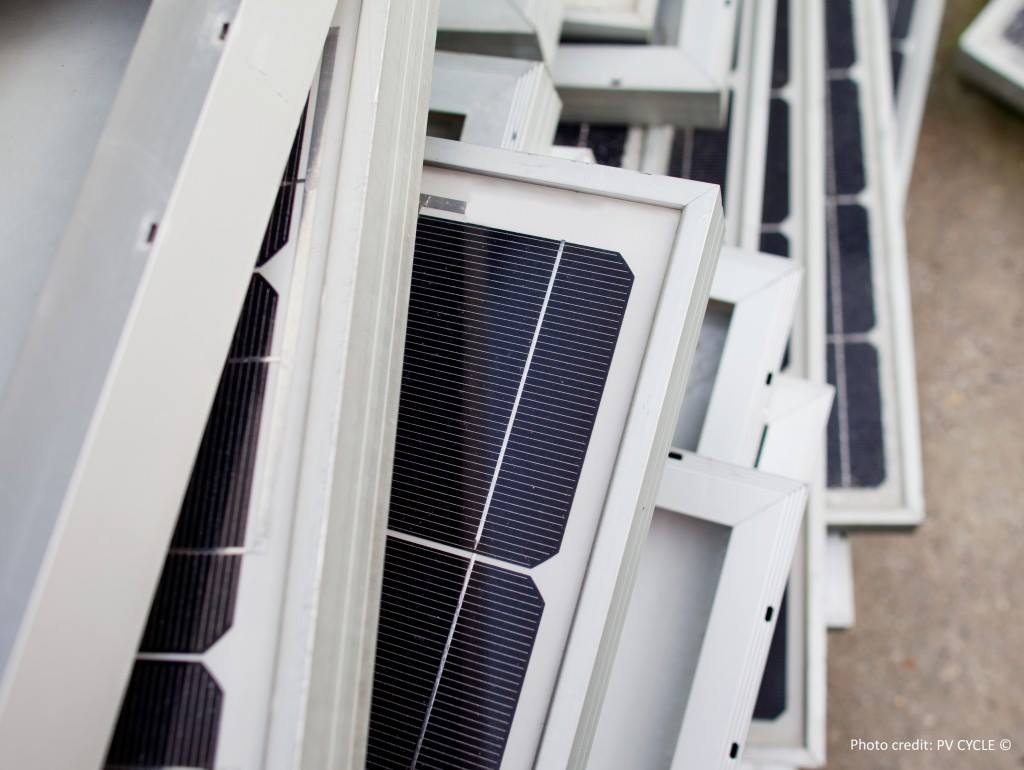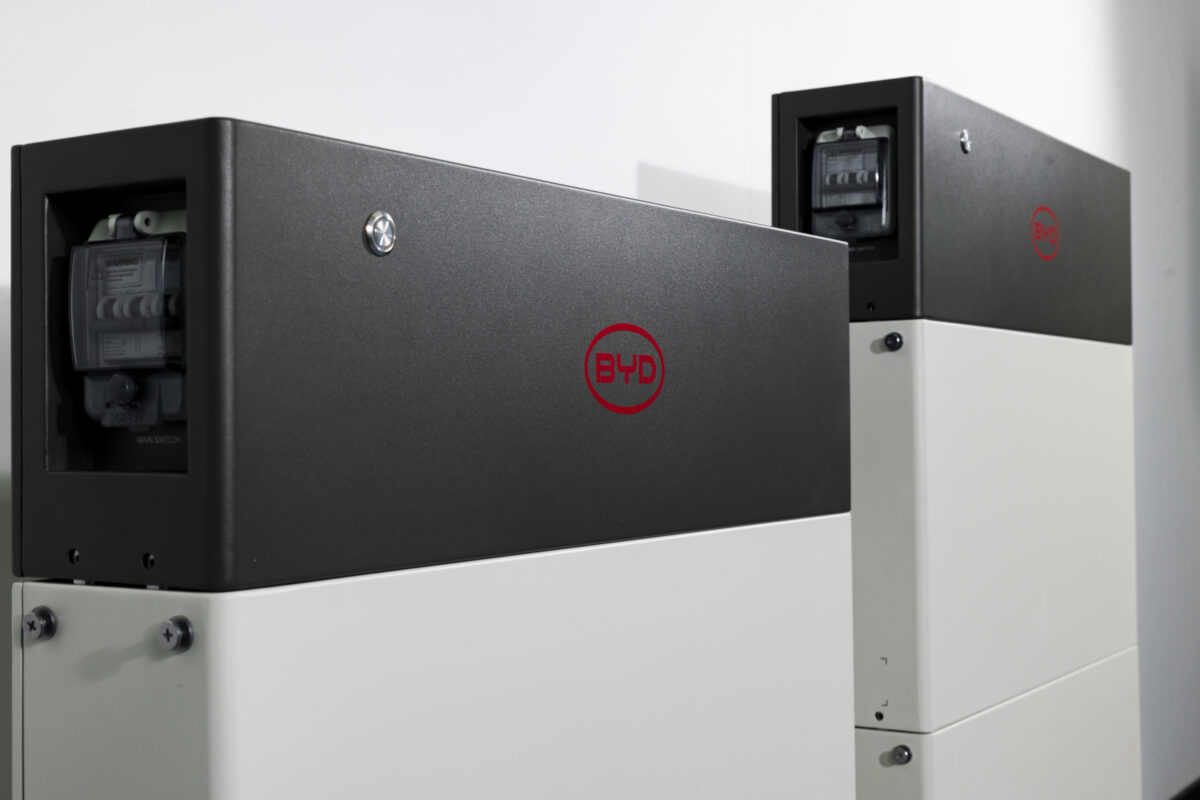From pv magazine USA
If the solar industry wants to claim it has green cred, then solar panels must be managed in a sustainable manner at the end of their usable lives.
Scientists at the U.S. Department of Energy’s National Renewable Laboratory (NREL) published research that describes how to motivate the market first to reuse solar panels, and then recycle them by guiding national industrial policy to create a financially viable end-of-life solar panel industry.
The research was published in Nature Energy and offers a real number for policymakers to consider: a $10-18 per panel subsidy to pay for recycling at the end of the panel’s life.
The researchers’ projections showed that 40% of all solar panels could be reused and recycled using subsidies equal to $18 per panel for 12 years. At that price, a profitable and sustainable solar panel recycling industry could establish itself by 2032.
The NREL research said that specific tools could be effective at minimizing the landfilling of solar panels. The first simply would ban solar panels from landfills. The second option would subsidize solar panel recycling in order to lower the effective cost of recycling solar panels as the industry scales.
A qualitative description of each graph’s overarching influence is below, starting from the top left and moving to the right:

The NREL research said that recycling targets could be reached earlier and at a lower overall cost when panel subsidies are increased. Based on $28/module recycling costs and an $18 per module subsidy, (which lowers the cost to $10/module as shown in the graph below), it would take 12 years to reach a 20% solar panel recycling rate and profitable recycling. That’s six years earlier than the $10 per module subsidy, which lowers recycling costs to $18 per module and takes 18 years to achieve the same 20% rate.
In this model, subsidizing at a higher rate per module – early in the program when there are fewer modules to recycle – results in subsidizing for fewer years, thus lowering the program’s overall costs.

Making sense
Due to the growing nature of the solar industry, we could tax all newly sold solar panels at a low rate to raise the $18 per solar panel being recycled. The reason the tax rate per new panel can remain low is that new panel production greatly outnumbers the quantity of panels being recycled. In the United States by the end of 2020, more than 70% of all panels had been installed in the previous five years. That means few of those panels will need end-of-life considerations for a long time.
In a mature solar industry, however, solar panels become just as likely to be replaced as newly installed. And since the average panel life is around 25 years, we might assume that eventually, 1/25th of all solar panels will be recycled each year, on the order of 4%.
Research by the International Renewable Agency forecasted that 1% of panels might fail in the first two years (mostly due to damages from shipping and installation). It also estimated that around 2% of solar panels would be landfilled after 10 years. This implies that panels in a young U.S. market are currently failing at a rate of around 1% per year. But since plenty of panels are already being reused, the number of landfilled panels is lower than 1%.
For sake of argument though, let’s assume that 1 GW of our 100 GW fleet will be thrown away in 2021.
 Since the U.S. is on track to install roughly 25 GW this year, diverting the entire 1 GW of failed panels away from landfills would result in a 25:1 ratio between the newly installed panels and the failed ones. If we assume that an average panel that is being recycled produces 350 watts, then a subsidy of $18 per panel would cost $51 million.
Since the U.S. is on track to install roughly 25 GW this year, diverting the entire 1 GW of failed panels away from landfills would result in a 25:1 ratio between the newly installed panels and the failed ones. If we assume that an average panel that is being recycled produces 350 watts, then a subsidy of $18 per panel would cost $51 million.

Spreading that cost across the estimated 25 GW of newly installed solar results in a fee of about $0.002 per watt. The cost per panel works out to roughly $0.78 cents per residential solar panel, and just over $1.oo per utility-scale panel.
This would increase the cost of the average 7 kW residential project by around $15. Commercial project price increases would range from a few hundred to a few thousand dollars. And utility-scale projects would take on a fee ranging from somewhere in the tens of thousands of dollars up to around $1 million for a gigawatt-scale facility.

If we were to finance that fee over the solar panel’s 25-year lifetime, we would end up paying about $0.0001/kWh on a house. More efficient utility-scale facilities would cut that number down to $0.00005.
A Google worksheet showing this equation is available here.
Surely this is a reasonable investment for an industry beaming with optimism and potential.
Optimism
NREL suggested that we could have a profitable solar module recycling industry by 2032. That estimate is partially based on the learning rates that first described the price decrease of these same solar panels since the 1960s. Evidence supporting these recycling learning rate potentials has already emerged. One of NREL’s projections showed that if 94% of the silver and 97% of the silicon in c-Si PV modules were to be recovered, the profitability of solar panel recycling would be greatly enhanced.
And in August, researchers from South Korea published a technique that promised 100% recycling of the glass, silver, and silicon from end of life commercial solar panels. In fact, the silicon was remade into new solar cells.
How’s that for a circular economy?
This content is protected by copyright and may not be reused. If you want to cooperate with us and would like to reuse some of our content, please contact: editors@pv-magazine.com.



In Australia , I did some calculations and found that the total volume of all installed PV panels was smaller in volume than an average thermal power station’s ash dam.
Where is the push to recycle theses large toxic volumes of ash? At least PV panels are largely aluminium and glass.
Thank you very informative